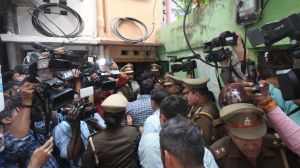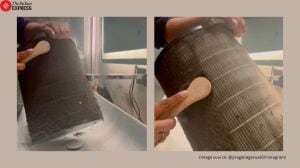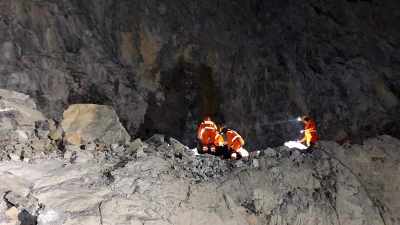Stay updated with the latest - Click here to follow us on Instagram
HC’s pro-active approach gives a boost to Dal restoration
In three years,a pro-active pursuit of the case by the HC has turned Dal restoration into J-Ks most popular issue outside its treacherous politics.
When in July 2002,J-K High Court adopted the Dal Lake in response to a Public Interest Litigation by law student Sheikh Tahir Iqbal,the lake was in the throes of an all-out encroachment and plantation onslaught. Three years on,a pro-active pursuit of the case by HC has turned Dal restoration into J-Ks most popular issue outside its treacherous politics and spawned a dedicated government-civil society effort for its conservation. Dal has not only been evacuated of the scores of illegal structures projecting obnoxiously from its banks but has also been cleared of around four lakh trees which had eaten into three kilometres of its watery expanse. There is still a long way to go but work is on to remove more structures and to move the habitations from inside the water body.
It was the first example when Kashmiris sought their constitutional right and approached the Court to push the government to save Dal Lake a flagship of Kashmirs tourism. And the case has ensured a rare coordination between the judiciary and the executive in the valley,especially after the then Chief Justice Bashir Ahmad Khan showed keen interest in it.
The Court order came as a boon. People who earlier offered resistance to restoration work now understand that Governments hands are tied and thus cooperate in the exercise.
However,the credit goes to the then law student Sheikh Tahir Iqbal who first filed the PIL. “I think in the ongoing Kashmir situation,only court can play an effective role to salvage Dal,” Iqbal,who subsequently went to England for further studies,had explained to this reporter as his reason or filing the PIL.
And then the court took over. It was the first instance of the judicial activism in J-K. But far from resenting the court intervention,J-K Government welcomed the move. The close coordination on the case has institutionalised the Dal restoration effort in the state and turned it into a popular public issue.
Over the course of the past seven years,J-K High Court has issued several directions which have forced the government to undertake restorative action. In a subsequent order passed,HC prohibited any construction within 200 metres from the shore of the lake and disallowed encroachment in the Green Belt,the foothills of the mountains girding Dal Lake.
The HC even barred any litigation by the encroachers who have erected constructions “within the Dal Lake,200 metres from the Lake and in the green belt.”
The order helped in clearing the areas around the lake of the encroachments,except for a few aberrations,there has been no construction after that. The High Court direction has left no option for the Government but to prevent such construction. Earlier people would start building structures right on the shore”.
Several directions have followed intermittently,with the High Court even constituting a committee to see its directions were followed. The three-member committee,headed by district and session judge and assisted by three officials,makes visits to Dal Lake for inspection.
On October 29,2005 a Division Bench of Chief Justice Bashir Ahmad Khan and Justice Mansoor Ahmad Mir directed J-K State Forest Corporation to submit a plan of action for felling of the trees in the Dal and also the time frame within which he proposes to finish this operation. The operation started soon after on November 23,2005 and led to the felling of four lakh trees.
When HC involvement started in 2002,the J-K Lakes & Waterways Development Authority which oversees the restoration work on the lake was mired in several corruption cases. Vigilance probe had held up the work and also the allotment of fresh funds to the agency. But since HC started monitoring the Dal work,LAWDA has been watchful about how funds are spent.







